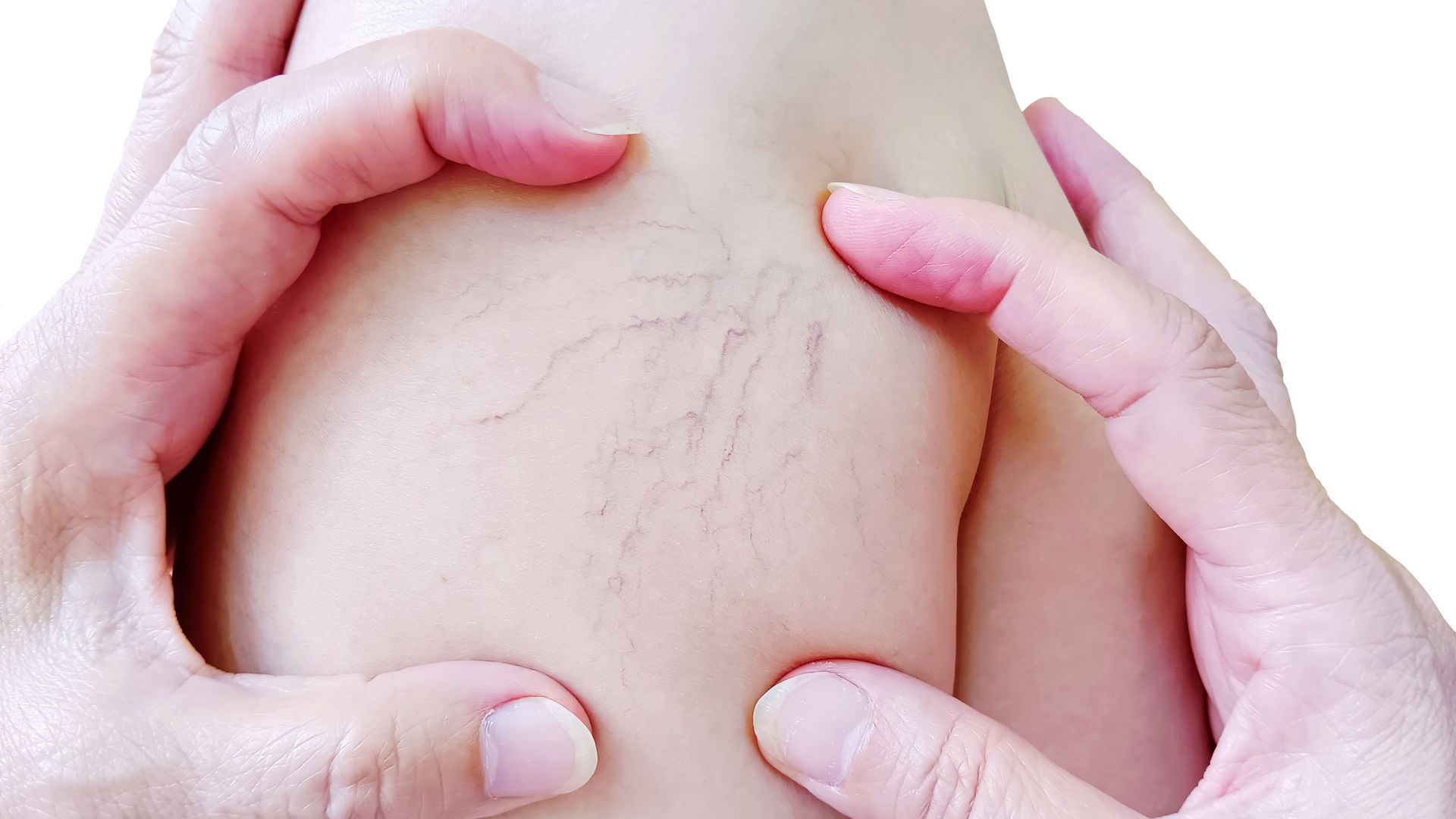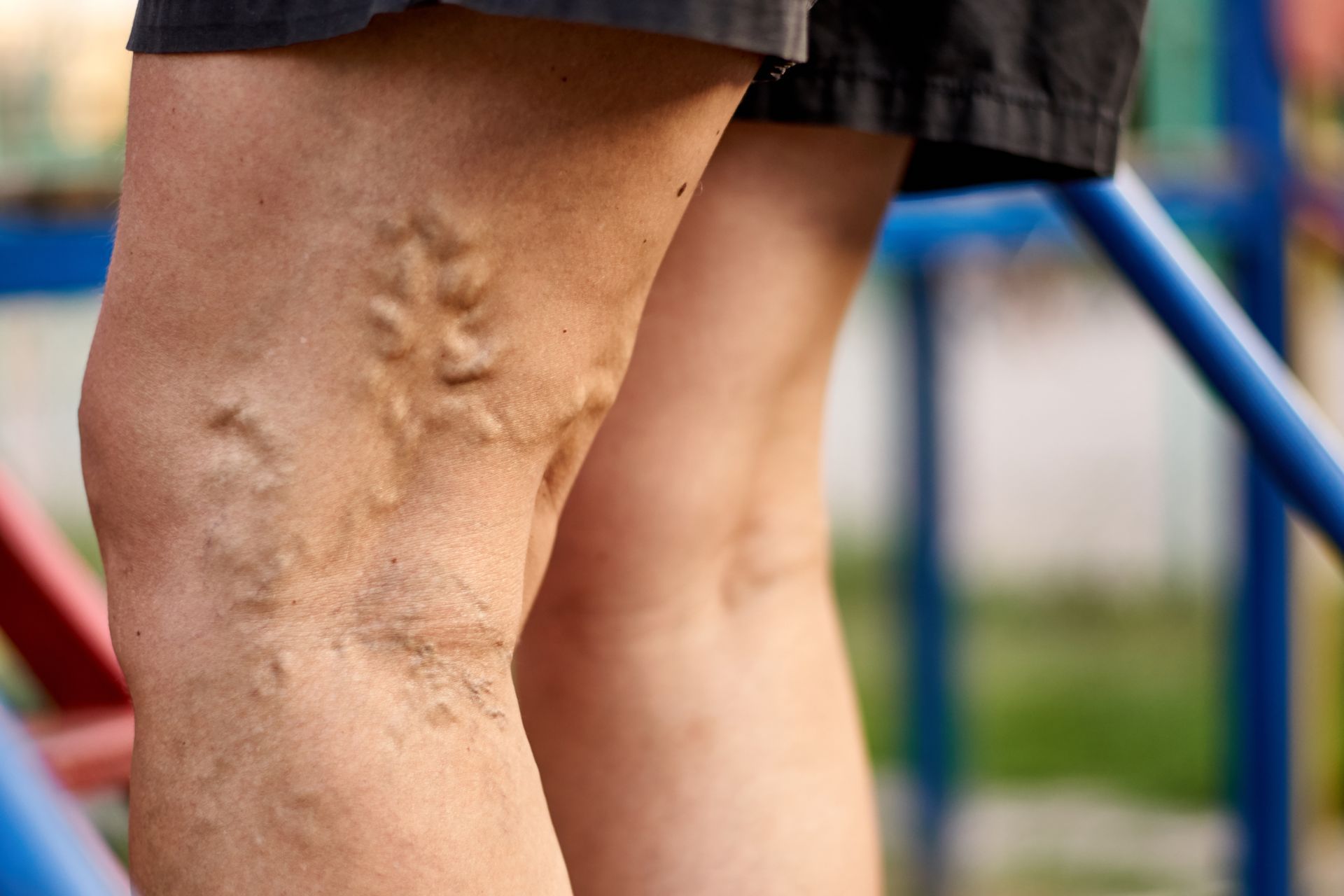Spring into Vascular Health: Why the Change of Seasons is the Perfect Time for a Check-Up
As the cold winter months give way to the warm embrace of spring, many of us find ourselves shedding our winter coats and stepping outside to embrace the new season. The transition from winter to spring not only brings longer days and blooming flowers but also has significant effects on your vascular health. Changes in temperature, increased outdoor activities, and the onset of allergy season can all impact blood circulation, making spring the ideal time to check in on your vascular health.
At Ascent Vascular Specialist, we understand that staying on top of your vascular health is crucial to maintaining a happy and healthy lifestyle. In this blog, we’ll dive into why the change of seasons is the perfect time to schedule a check-up with your vascular specialist.
The Impact of Temperature Changes on Vascular Health
Winter’s chilly temperatures and the sudden warmth of spring can have a noticeable effect on your circulatory system. During colder months, blood vessels constrict to help preserve body heat, which can sometimes lead to restricted blood flow, particularly in the extremities. This constriction can be a challenge for those with existing vascular conditions like varicose veins or peripheral artery disease (PAD).
As temperatures begin to rise in spring, your blood vessels relax and dilate to help your body adjust. While this increase in blood flow is generally beneficial, it can sometimes cause discomfort in individuals with weakened veins or circulation problems.
Spring check-ups are a great opportunity to ensure that your veins are in good condition to handle the change in weather. If you’ve noticed any unusual swelling, discomfort, or changes in your skin color during the transition from winter to spring, now is the time to consult with a vascular specialist.
Increased Outdoor Activity and Vascular Health
One of the best things about spring is the opportunity to get outside and enjoy the fresh air. Whether it’s going for a walk, jogging, or engaging in outdoor sports, increased physical activity is fantastic for circulation and overall vascular health.
Regular movement helps to stimulate blood flow, strengthens the heart, and reduces the risk of blood clots. However, if you’ve been sedentary during the colder months, it’s important to ease into activity to prevent unnecessary strain on your veins and arteries.
A spring vascular check-up can ensure that your circulatory system is in optimal condition to handle your new, more active lifestyle. Your vascular specialist can also offer tips on how to gradually increase activity levels and provide guidance on the best exercises for maintaining strong veins and arteries.
How Allergy Season Affects Circulation
Springtime isn’t just about warmer weather and blooming flowers—it also marks the start of allergy season. For many individuals, seasonal allergies can cause inflammation and irritation throughout the body, including the blood vessels. This inflammation can negatively affect circulation, leading to increased blood pressure and discomfort, especially in those with pre-existing vascular conditions.
If you’ve noticed that your allergies are making it harder to breathe or are causing other vascular symptoms like swelling or fatigue, it’s essential to seek medical advice. A vascular check-up can help identify any underlying issues that may be exacerbated by seasonal allergies and allow your vascular specialist to develop a treatment plan that helps you manage both your allergies and your vascular health.
The Importance of Spring Vascular Check-Ups
Now that we’ve discussed how the change in seasons can impact your vascular health, let’s take a closer look at why scheduling a spring check-up is essential for maintaining optimal circulation.
1. Early Detection of Vascular Issues
Early detection is key when it comes to preventing more serious complications. A vascular check-up can help identify conditions like varicose veins, deep vein thrombosis (DVT), or peripheral artery disease (PAD) before they become more severe.
2. Preventative Care
If you have a history of vascular issues, a spring check-up is a great way to stay ahead of potential problems. By catching any changes early, your vascular specialist can recommend treatments, lifestyle changes, or therapies that can help keep your veins and arteries healthy.
3. Personalized Recommendations for Spring Activities
As we discussed, spring offers a perfect opportunity to be more active outdoors. Your vascular specialist can provide personalized recommendations on exercises, stretches, and activities that will boost circulation and help keep your blood flowing smoothly.
Signs You Might Need a Vascular Check-Up
If you’re experiencing any of the following symptoms, it might be time to schedule a consultation with a vascular specialist:
- Swelling in the legs or feet
- Persistent leg pain or heaviness
- Visible varicose veins or spider veins
- Skin discoloration or ulcers on the legs
- Cold or numb extremities
If you’ve noticed any of these symptoms, don’t wait for them to worsen. A vascular check-up is a proactive way to address potential problems early and prevent long-term damage.
Why Choose Ascent Vascular Specialist for Your Spring Check-Up
At Ascent Vascular Specialist, we specialize in diagnosing and treating vascular conditions with a patient-centered approach. Our expert team is committed to helping you maintain healthy circulation throughout the year, and we offer a range of services to meet your needs.
With warmer weather ahead, now is the perfect time to prioritize your vascular health. Our team is ready to provide you with personalized care and guidance as you transition into a more active spring season. Don’t wait until problems become more serious—schedule your spring vascular check-up today!
Conclusion
Spring is not only a time for new beginnings but also a perfect opportunity to take charge of your vascular health. By scheduling a vascular check-up at the start of the season, you can ensure that your circulatory system is in optimal condition for the months ahead. From temperature changes to increased outdoor activities, spring offers a unique set of challenges for your veins and arteries—but with the right care and attention, you can spring forward into a healthier you.
To schedule your spring check-up with
Ascent Vascular Specialist, visit our website at www.ascentvascular.com or call us today!











